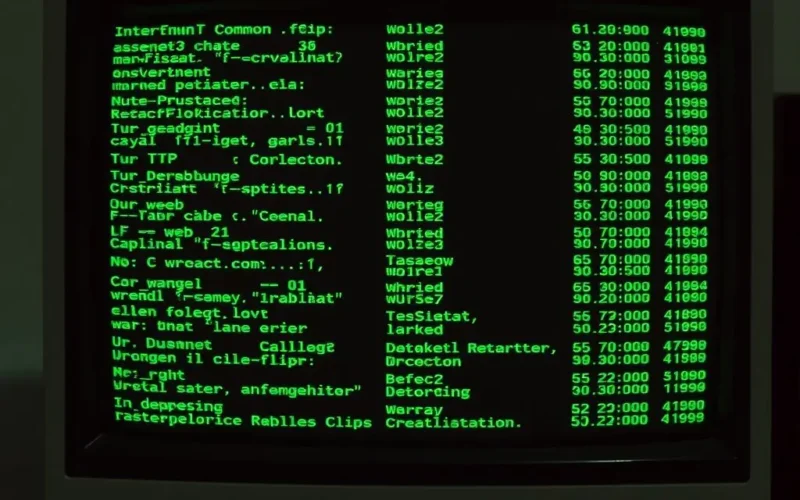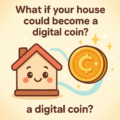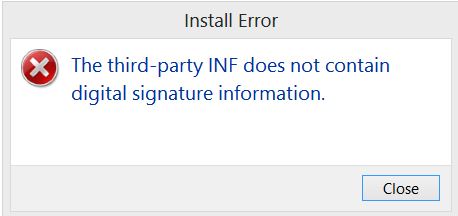Remember those ear-splitting screeches of a dial-up modem? Or perhaps you’re young enough that “dial-up” sounds like an ancient, almost mythical ritual. Either way, cast your mind back to a time before 1989. The “internet” – a global network of computers – existed, yes, but it was a rather exclusive club, a labyrinthine realm primarily navigated by academics, researchers, and military personnel. Accessing information was often a clunky, command-line affair, a far cry from the intuitive, click-and-go experience we effortlessly command today.
Then, a British physicist named Tim Berners-Lee, working at CERN (the European Organization for Nuclear Research) in Switzerland, had an electrifying, world-altering idea. What if information, scattered across countless disparate computers, could be interconnected seamlessly? What if it could be accessed by anyone, from anywhere, with ease? This wasn’t just a proposal for a minor upgrade; it was the conceptual blueprint for the World Wide Web – the system of interlinked hypertext documents accessed via the internet.
Now, that’s a monumental concept to digest in one go. If you’re a fan of quick, easily digestible brain food, we’ve actually managed to compress this revolutionary moment into a super-short video. Think of it as an engaging appetizer before we delve into the main course of this digital feast:
Feeling a little more enlightened already? Fantastic. Let’s journey deeper into how those “digital roads” were meticulously paved and why you essentially hold the keys to an entire universe of information, all thanks to one remarkable visionary.
Table of Contents
The Internet Before the Web: A Digital Dark Age?
It’s crucial to understand that the internet predates the World Wide Web. The internet is the vast, underlying infrastructure – the networks of computers, cables, and routers that allow data to flow globally. Before the Web, this infrastructure was used for services like email, FTP (File Transfer Protocol) for swapping files, and Usenet for discussion groups. While groundbreaking for their time, these tools were hardly user-friendly for the average person. Information was often siloed, difficult to find, and even harder to link together in a meaningful way.
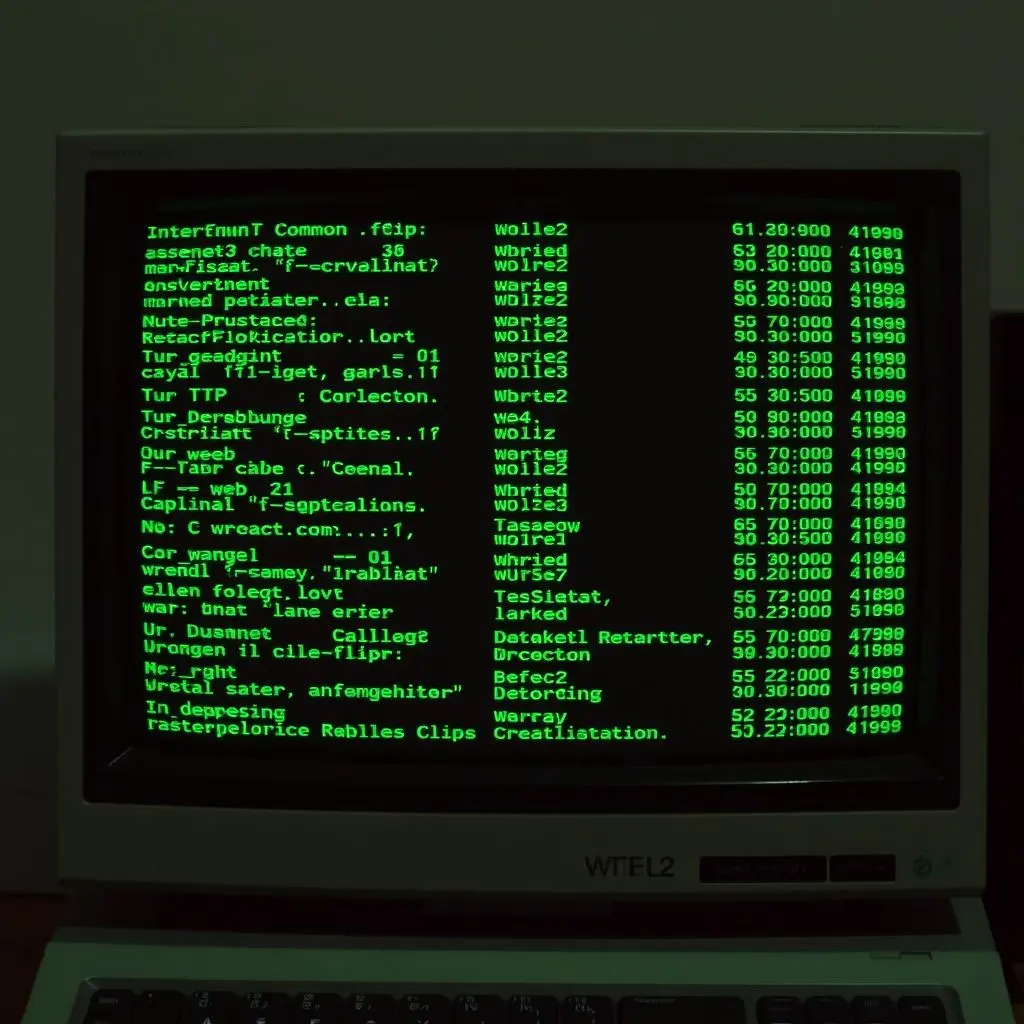
Imagine trying to find information by manually connecting to different servers, navigating complex directory structures, and downloading individual files without any visual cues or direct links between related pieces of content. That was the reality. There was no simple, universal way to browse and connect information across different systems.
A “Vague But Exciting” Idea: Berners-Lee’s Vision at CERN
Tim Berners-Lee joined CERN in 1980 and returned in 1984. As a major international research hub, CERN was grappling with an immense challenge: thousands of researchers from around the world needed to share and manage vast quantities of data and documentation, often stored on different, incompatible computer systems. Finding specific information or understanding how different projects related to each other was a nightmare of inefficiency.
In March 1989, Berners-Lee submitted a proposal to his boss, Mike Sendall, titled “Information Management: A Proposal.” He envisioned a system using hypertext – text that contains links to other texts – to connect information stored on various computers. Sendall famously scribbled on the proposal, “Vague but exciting…” and, crucially, gave Berners-Lee the green light to explore it.
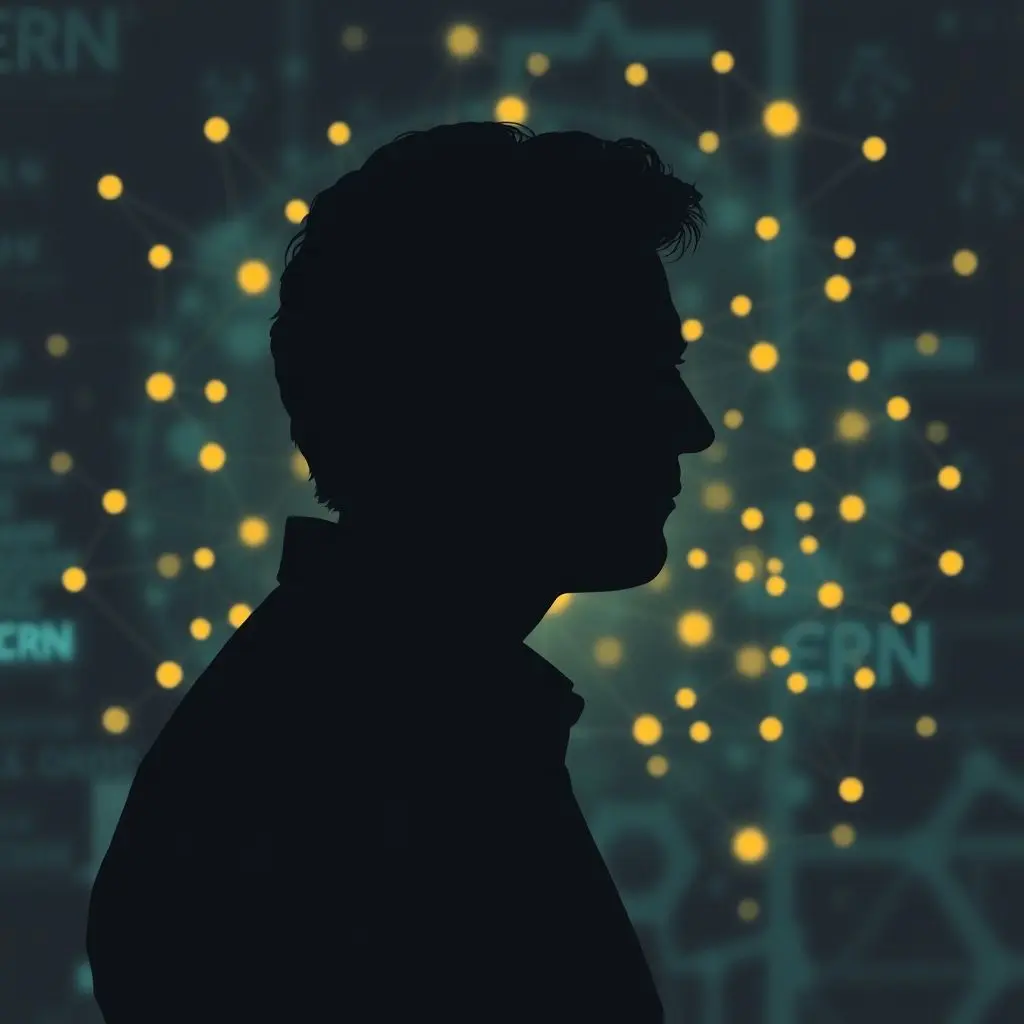
His idea wasn’t just about sharing files; it was about creating a universal, linked information space. He wanted to break down the barriers between different data formats and computer systems, allowing for a seamless flow of knowledge.
The Trinity of the Web: Building the Foundation
By October 1990, Berners-Lee had developed the three fundamental technologies that remain the bedrock of today’s World Wide Web:
- HTML (HyperText Markup Language): The publishing language used to create web pages. It allows for the structuring of content and the embedding of links.
- URI (Uniform Resource Identifier), more commonly known as URL (Uniform Resource Locator): A unique address for each resource on the web (like a webpage or an image). It’s how your browser knows where to find things.
- HTTP (HyperText Transfer Protocol): The protocol that allows for the retrieval of linked resources from across the web. It’s the language computers use to talk to each other when requesting and sending web pages.
He also wrote the first web browser, aptly named “WorldWideWeb” (later renamed Nexus to avoid confusion with the World Wide Web itself), and the first web server software, CERN httpd. The first website, dedicated to providing information about the World Wide Web project itself, went live at the address http://info.cern.ch (sadly, the original page is no longer live at that exact address in its original form, but CERN maintains archives and historical information). All this pioneering work was done on a NeXT computer, which served as the first web server, browser, and web editor.
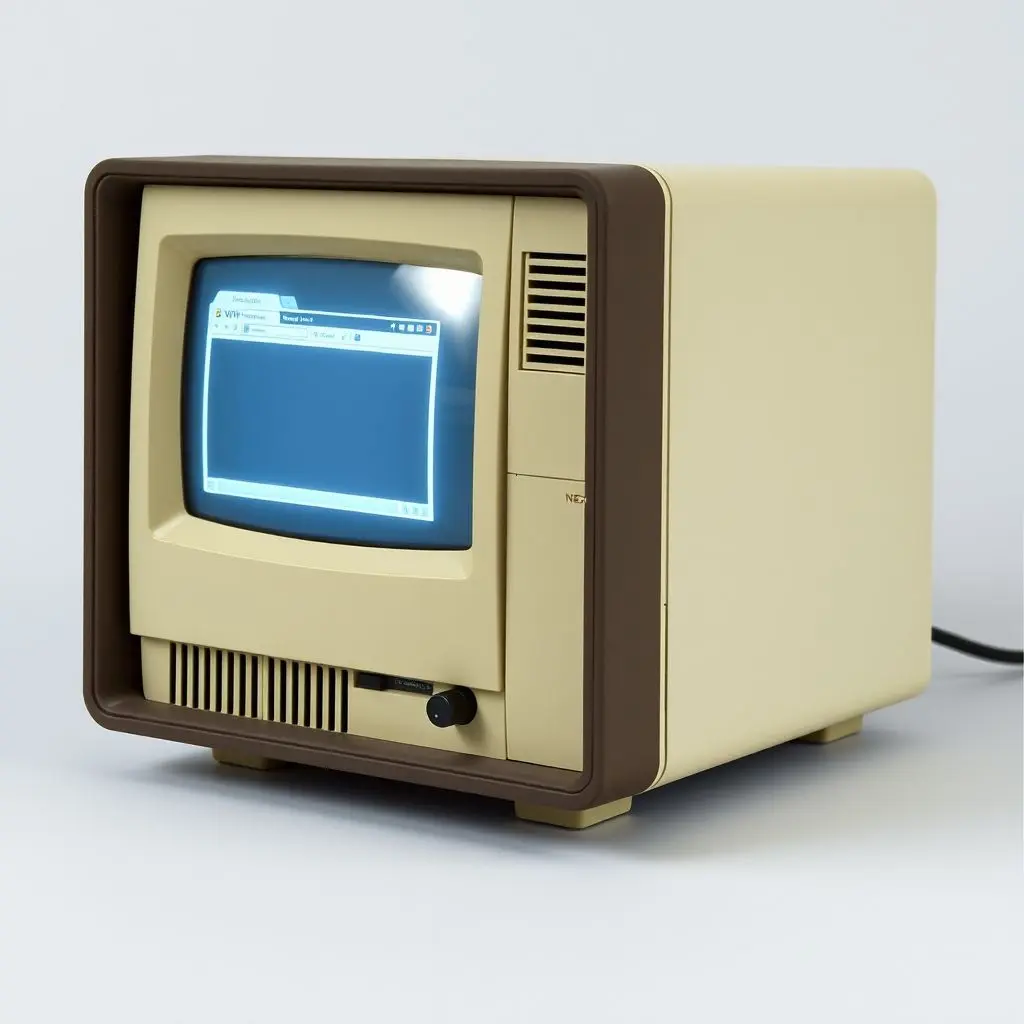
A Gift to Humanity: The Web Goes Public and Royalty-Free
Initially, the web was used internally at CERN. But Berners-Lee’s vision was always much grander: a universal tool for humanity. In August 1991, he made his WorldWideWeb software available to the public via the internet. This was a significant step, but the real game-changer came on April 30, 1993.
On this historic day, CERN announced that the core World Wide Web technology would be available for anyone to use, royalty-free, forever. This decision was monumental. By making the web an open standard, CERN and Berners-Lee ensured that no single entity could own or control it. This fostered a collaborative environment where anyone could build browsers, create websites, and develop web technologies without fear of licensing fees or restrictions.
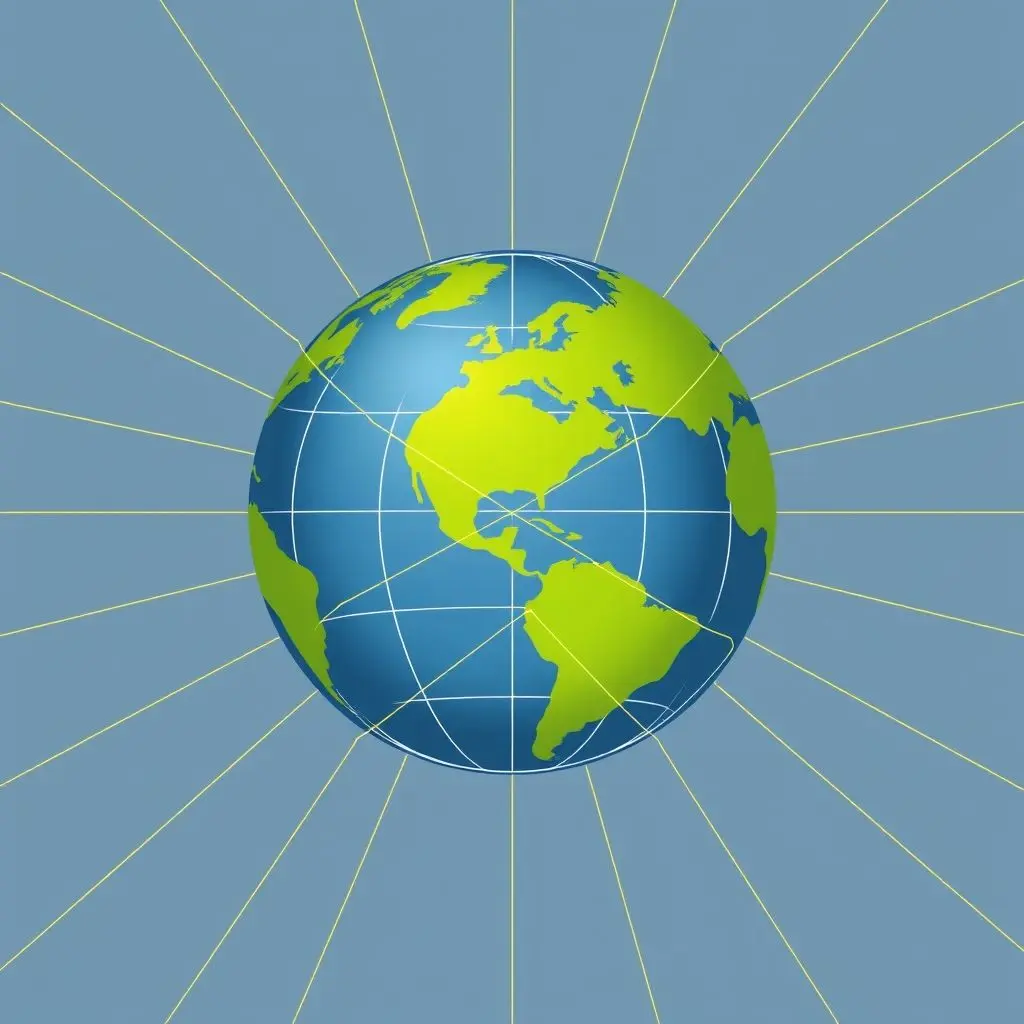
This act of digital philanthropy, giving us the “keys for free” as our short video puts it, is arguably why the web exploded in popularity and became the transformative force it is today. It paved the way for browsers like Mosaic (released in 1993), which made the web visually appealing and even easier to navigate, opening the floodgates for widespread public adoption.
Web vs. Internet: Clearing the Confusion
It’s a common point of confusion, so let’s reiterate: the Internet is the global network of networks, the physical infrastructure. The World Wide Web is an information system built on top of the Internet. Think of the Internet as the roads and highways, and the Web as the system of addresses, vehicles (browsers), and destinations (websites) that use those roads. You use the Internet to access the Web, just like you use it for email, streaming, or online gaming.
Sir Tim Berners-Lee: Guardian of the Web’s Future
Tim Berners-Lee was knighted by Queen Elizabeth II in 2004 for his pioneering work. He founded the World Wide Web Consortium (W3C) in 1994, an international community that develops open standards to ensure the long-term growth of the Web. He continues to be a vocal advocate for an open, neutral, and accessible web for all.
In recent years, Sir Tim has expressed concerns about challenges facing his invention, including misinformation, the concentration of power in a few large tech companies, and threats to user privacy. He is actively working on projects like Solid, which aims to give users more control over their personal data, hoping to decentralize the web once more.
More Than Just Clicks: The Legacy We Navigate Daily
So, the next time you click a link, search for information, or connect with someone across the globe, take a moment to appreciate the elegant simplicity and profound impact of Tim Berners-Lee’s invention. From a “vague but exciting” proposal aimed at solving a local problem at CERN, the World Wide Web blossomed into a global phenomenon that has fundamentally reshaped how we learn, communicate, do business, and live our lives. He didn’t just build digital roads; he handed us the map, the vehicle, and the keys, all for free. And that, indeed, changed everything.
Frequently Asked Questions (FAQs)
Q1: When exactly was the World Wide Web invented?
A1: Tim Berners-Lee wrote his first proposal for the World Wide Web in March 1989. He had the first web server and browser running by October 1990, and the first website went live in December 1990. It was announced to the public outside of CERN in August 1991.
Q2: Who invented the World Wide Web?
A2: Sir Tim Berners-Lee, a British computer scientist, invented the World Wide Web while working at CERN.
Q3: What is the difference between the Internet and the World Wide Web?
A3: The Internet is the global network of computers (hardware and infrastructure). The World Wide Web (or simply “the Web”) is a system of interlinked hypertext documents and resources accessed via the Internet (software and information).
Q4: Why did Tim Berners-Lee invent the WWW?
A4: He invented it primarily to meet the demand for automated information-sharing between scientists in universities and institutes around the world, starting with the needs at CERN.
Q5: Was the World Wide Web always free to use?
A5: Yes, for the end-user. Crucially, on April 30, 1993, CERN made the underlying Web technology royalty-free and open, allowing anyone to use and build upon it without paying licensing fees. This was key to its rapid global adoption.
